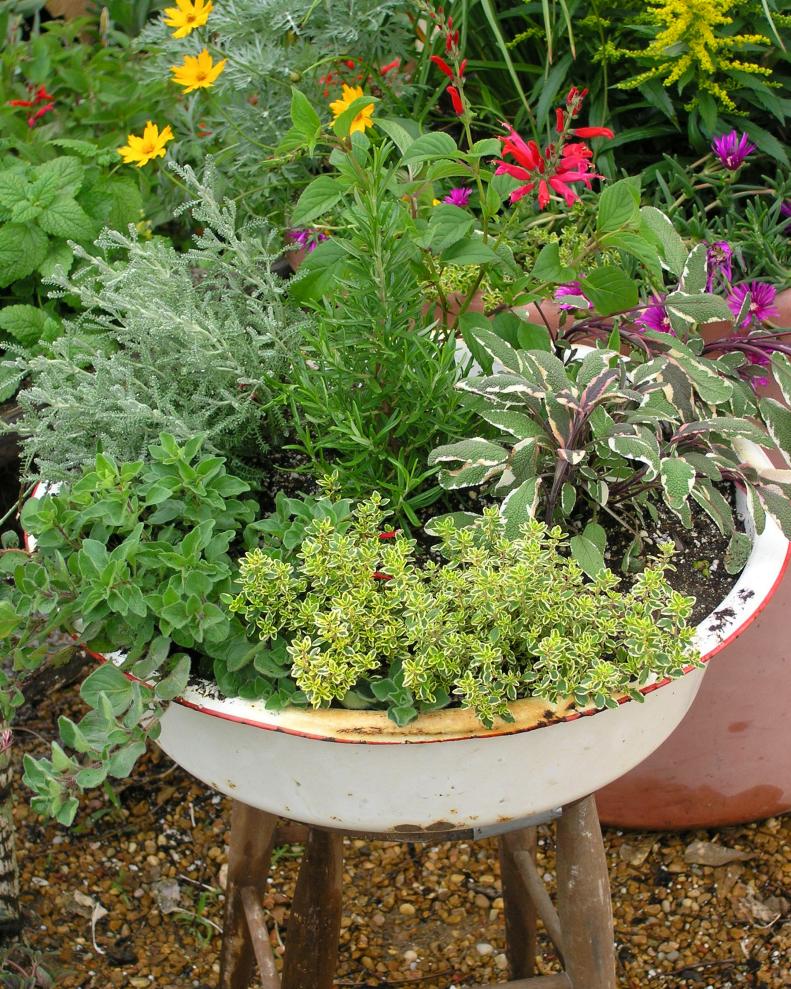1 / 14
Herb Garden Ideas
Herb gardens will always be popular, but there are other subtle and effective ways to include herbs in your landscape. Take advantage of their beautiful and useful characteristics throughout your garden. Try perennial herbs as groundcovers in flower beds or along walkways. They can also be used as borders along retaining walls, fences or around decks and patios. Use annual herbs to fill container gardens or as companion plants in your vegetable beds. They can also be tucked into flowerbeds to add color and fragrance. Many herbs will attract pollinators and beneficial insects.









